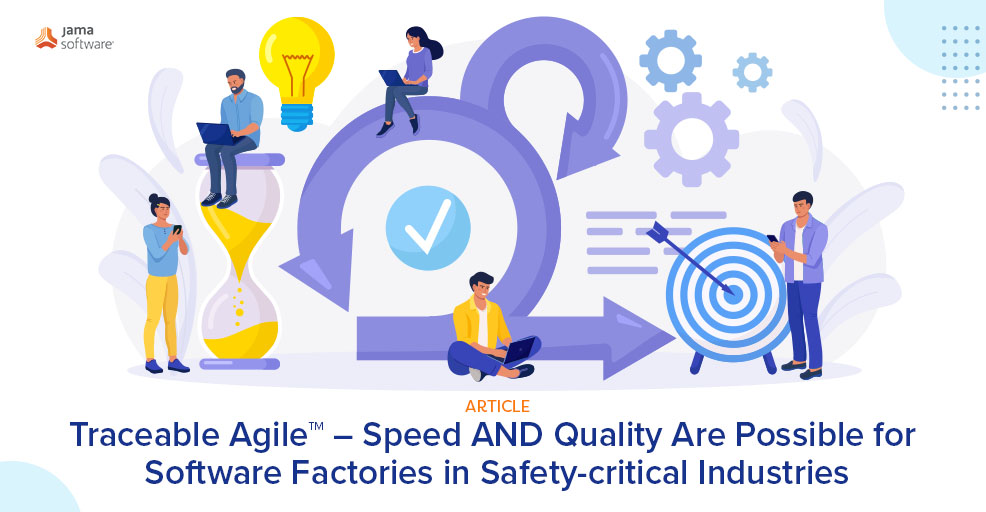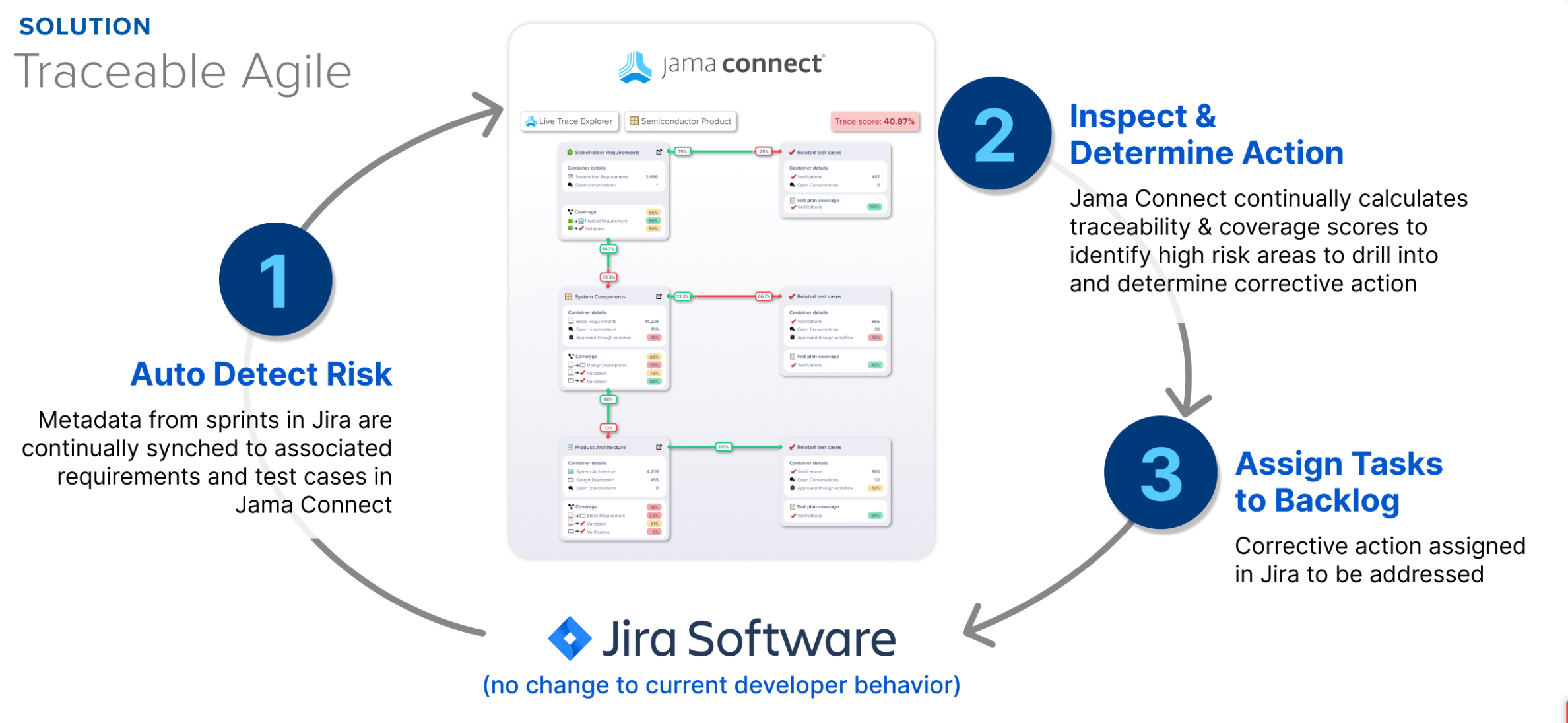Traceability in Systems Engineering: A Key to Successful Construction Projects
In the world of systems engineering, “traceability” is a concept that plays a crucial role in ensuring the success of complex projects. While it’s a term more commonly associated with fields like aerospace, defense, and software development, its principles are increasingly being applied to construction projects to improve outcomes, reduce risks, and ensure seamless project delivery.
What is Traceability in Systems Engineering?
Traceability in systems engineering refers to the ability to link each requirement to its source and track its fulfillment throughout the project lifecycle. This process involves creating a chain of evidence that shows how each requirement was derived, implemented, verified, and validated.
Simply put, traceability ensures that every requirement is accounted for from the moment it is conceived until the project is completed. It enables project managers, engineers, and stakeholders to understand the origins, rationale, and status of each requirement, ensuring that nothing is missed or overlooked.
RELATED: The Complete Guide to the Systems Engineering Body of Knowledge (SEBoK)
How Does Traceability Work in Systems Engineering?
- Requirements Traceability Matrix (RTM): A core tool in traceability, the RTM maps each requirement to its corresponding design documents, test cases, and validation outcomes. This helps ensure that every requirement is directly linked to project deliverables.
- Bi-directional Traceability: This involves tracking requirements both forward (from requirements to design, implementation, and testing) and backward (from deliverables back to the original requirements). This helps in managing changes, assessing the impact of modifications, and maintaining alignment between project objectives and outcomes.
- Change Control and Impact Analysis: Traceability helps in managing changes to requirements by providing a clear understanding of how any change will affect the project. This is crucial for managing scope, cost, and schedule risks.
Applying Traceability to Construction Projects
While traceability is a fundamental practice in systems engineering, its application in the construction industry is becoming increasingly valuable. Here’s how traceability can be applied to make construction projects more successful:
- Ensuring Complete and Clear Requirements: In construction, poorly defined or misunderstood requirements are a leading cause of project delays, cost overruns, and rework. By applying traceability practices, construction teams can ensure that all requirements are clearly defined, documented, and understood by all stakeholders from the outset. This reduces the risk of ambiguity and miscommunication, ensuring that every stakeholder is aligned with the project’s objectives.
- Managing Complexity and Change: Modern construction projects are complex, involving multiple teams, disciplines, and stakeholders. Changes are inevitable, whether due to design modifications, client requests, or regulatory updates. Traceability allows construction teams to track every change back to its source, understand its impact on the project, and ensure that all affected requirements, designs, and plans are updated accordingly. This reduces the risk of errors, omissions, and costly rework.
- Improving Compliance and Reducing Risks: Construction projects are subject to numerous regulations, standards, and codes. Traceability provides a structured way to ensure that all project requirements meet the necessary compliance standards. By maintaining an audit trail of all requirements and their fulfillment, construction teams can quickly demonstrate compliance, reducing the risk of regulatory penalties, legal disputes, and reputational damage.
- Enhancing Communication and Collaboration: Traceability fosters better communication and collaboration among stakeholders by providing a single source of truth for all requirements. It ensures that everyone, from architects and engineers to contractors and clients, has access to the same information and understands how their work contributes to the overall project goals. This reduces misunderstandings, promotes accountability, and enhances teamwork.
- Facilitating Project Delivery and Quality Assurance: Traceability helps ensure that the project is delivered on time and within budget by enabling construction teams to proactively manage risks, anticipate challenges, and respond to changes efficiently. By maintaining a clear line of sight from requirements to deliverables, teams can ensure that all project goals are met, and quality standards are achieved.
RELATED: AEC Best Practices Guide to Requirements Management
Why is Traceability Critical for Construction Project Success?
- Reducing Rework and Cost Overruns: Traceability minimizes the risk of errors, omissions, and changes that lead to rework—a significant cause of cost overruns in construction. Industry studies estimate that rework can account for 5-15% of total project costs. By ensuring that every requirement is correctly implemented from the start, traceability helps reduce these costs and keeps the project on budget.
- Improving Stakeholder Confidence: Traceability provides transparency and accountability, which is critical for building trust with stakeholders, including clients, regulators, and project teams. When everyone can see a clear, documented path from requirements to outcomes, confidence in the project’s success increases.
- Ensuring Compliance and Avoiding Legal Issues: With construction projects facing stringent regulations and standards, traceability helps ensure that all requirements are met, reducing the risk of non-compliance penalties, delays, and legal issues. It provides an audit trail that can be used to demonstrate compliance to regulators, clients, and other stakeholders.
- Supporting Continuous Improvement: Traceability provides valuable data and insights that can be used to improve future projects. By analyzing the traceability data, construction firms can identify patterns, lessons learned, and areas for improvement, leading to better project planning, execution, and outcomes in the future.
Conclusion
Traceability is not just a concept reserved for systems engineering; it is a powerful tool that can transform construction projects. By applying traceability practices, construction teams can reduce costs, manage complexity, ensure compliance, and build stakeholder confidence. As construction projects become more complex and multidisciplinary, traceability will increasingly become a key driver of success, helping teams deliver high-quality projects on time and within budget.
By adopting traceability, construction firms can not only improve their current projects but also build a foundation for continuous improvement, innovation, and sustained success in the industry.
Are you ready to make traceability a cornerstone of your construction project strategy?
Note: This article was drafted with the aid of AI. Additional content, edits for accuracy, and industry expertise by Joe Gould, McKenzie Jonsson, and Decoteau Wilkerson.


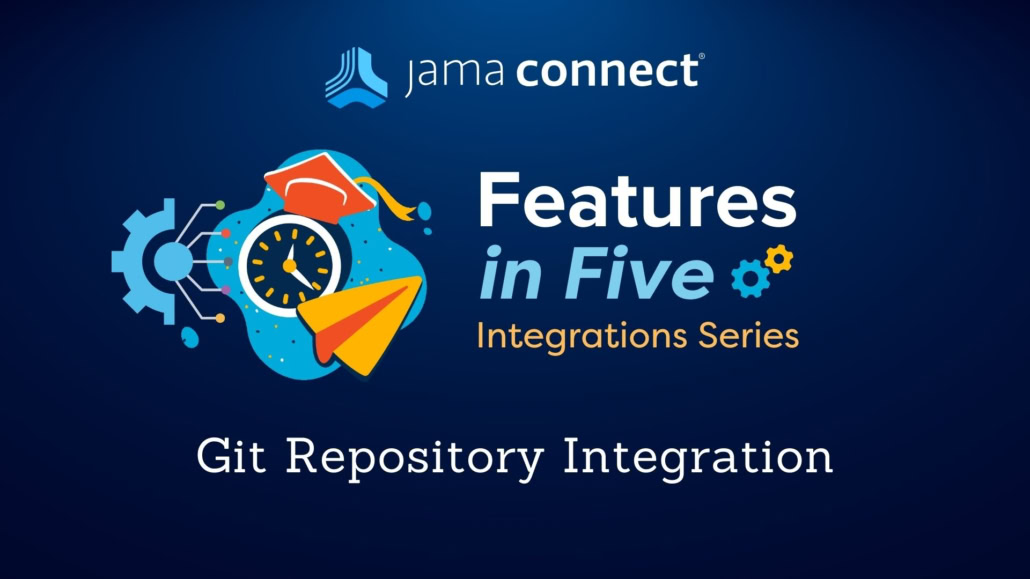

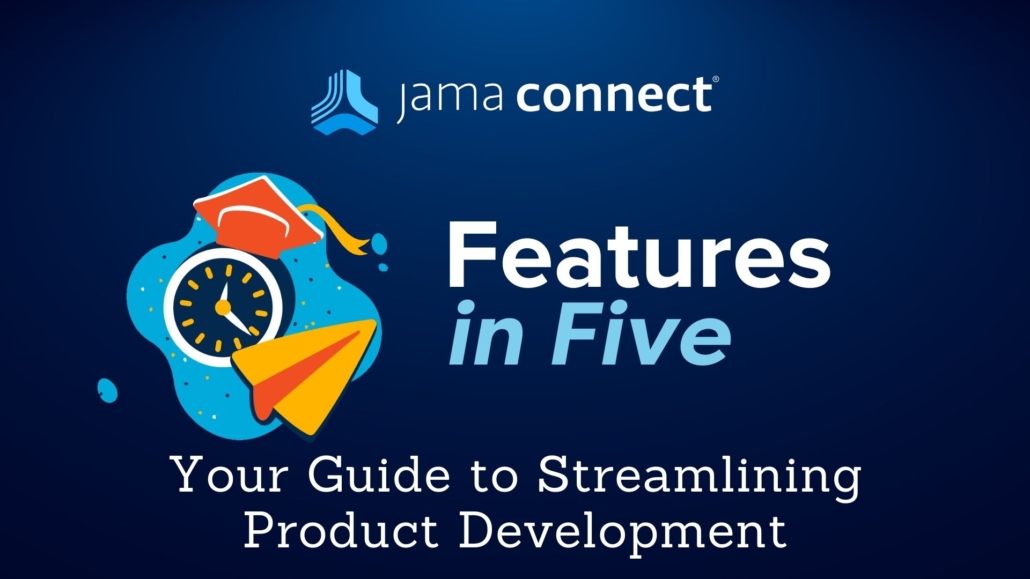
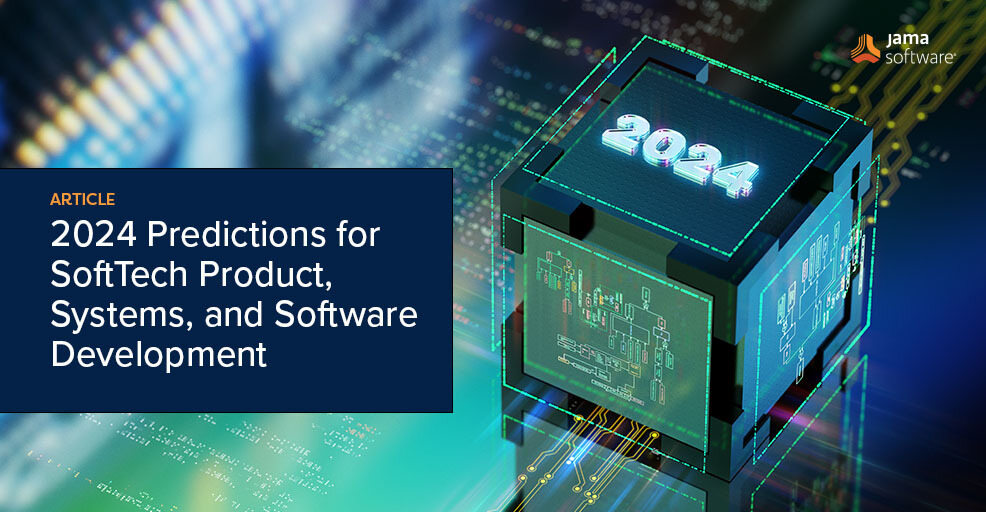
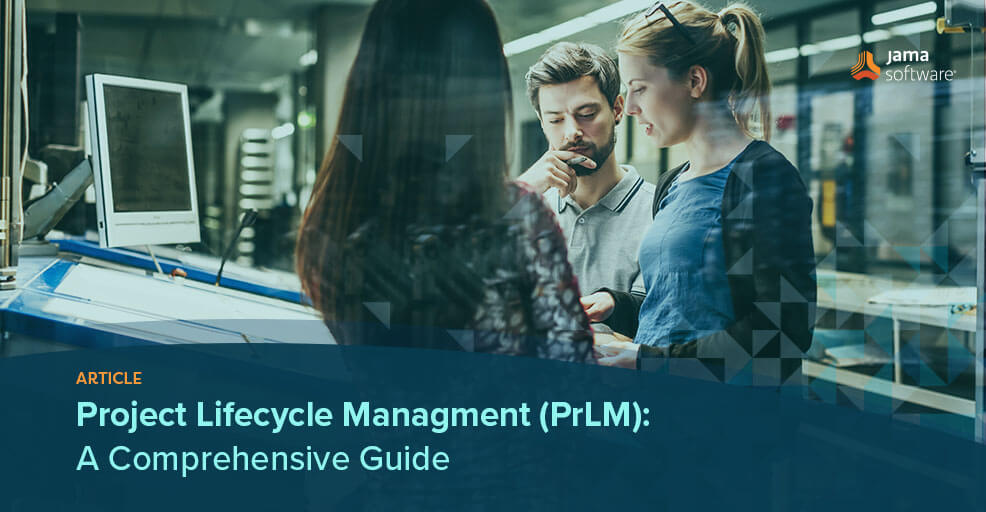
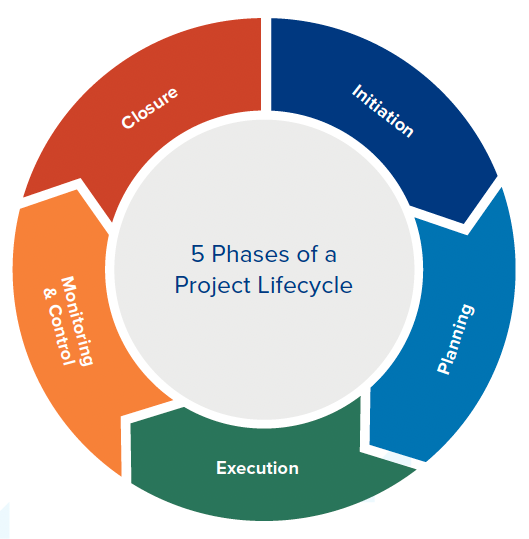
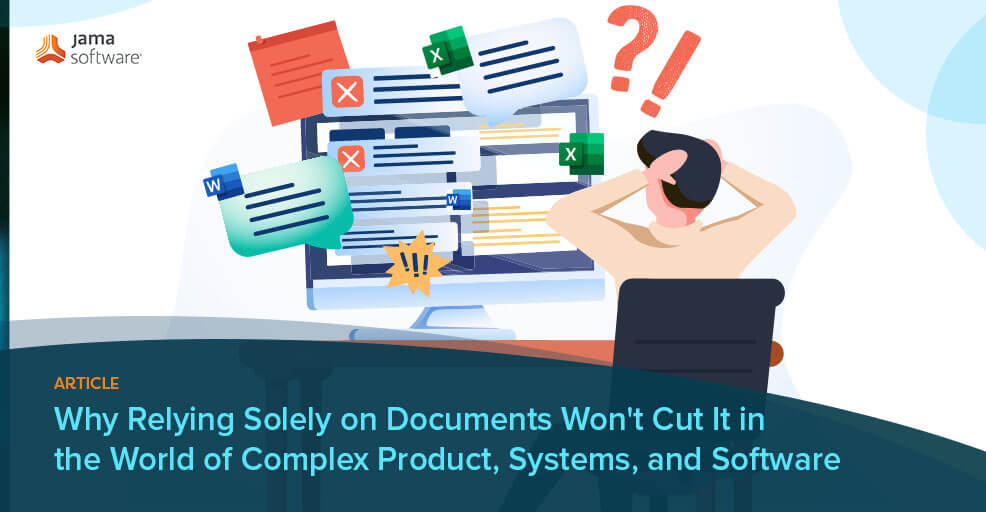
![[Webinar Recap] Bridging the Gap in Insurance Product Development [Webinar Recap] Bridging the Gap in Insurance Product Development](https://www.jamasoftware.com/media/2023/10/Bridging-the-Gap-in-Insurance-Product-Development.png)
